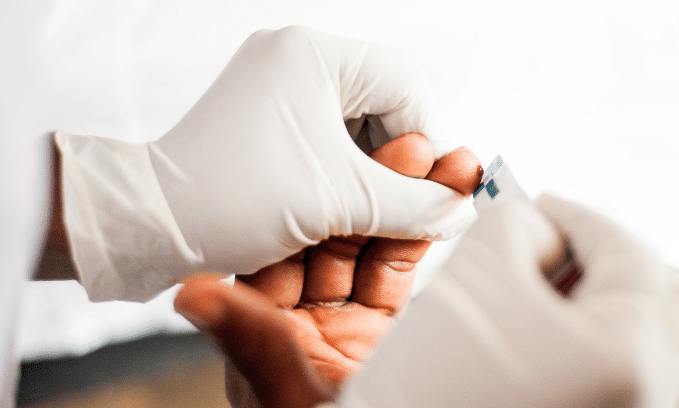
View the full Article on:
Addimmune
Author: Addimmune Staff

A new case of HIV remission may become the sixth example of an HIV cure.
The 2020s have proven to be a remarkable decade for HIV cure advancements, with several significant cases. The Dusseldorf Patient has been declared cured, the New York Patient achieved remission through an innovative haplo-cord transplant, and the City of Hope Patient became the oldest patient in HIV remission. This comes just after the 2010s wrapped up with The London Patient being declared cured in 2019. This month, researchers reported on the Geneva Patient, who is now in HIV remission, thus opening the possibility for a sixth HIV cure case. Within three years into the decade, there have been three confirmed cases of an HIV cure and another three patients in HIV remission who are being observed for “cure” status.
HIV can be cured, and the cure cases show us how it’s done – but the Geneva Patient’s case doesn’t seem to play by the rules. In the other HIV remission/cure cases, when a patient living with HIV also developed certain types of blood cancer, doctors performed a bone marrow or stem cell transplant with a twist:
- Use radiation and chemotherapy to decimate the cancerous and HIV-infected blood cells. This essentially wipes out the immune system, so you need to replace it.
- Give the patient the stem cells / bone marrow they need to create a new immune system via transplant. Make sure those cells have the CCR5Δ32/Δ32 genotype so that the new immune system will be HIV-resistant.
- During recovery, the patient generates a new HIV-resistant immune system which can suppress any remaining HIV in the body without becoming infected.
The Geneva Patient did not receive HIV-resistant stem cells; yet, they still seem to be in remission, even without HIV-resistant stem cells. This is very exciting news for researchers, since CCR5Δ32/Δ32 stem cells have been instrumental in all the previously mentioned HIV remission cases.
Researchers are cautiously optimistic about this unique case
Of all the HIV remission cases being observed for cure status, the Geneva Patient is undoubtedly the most mysterious. While the patient has remained off antiretroviral therapy (ART) for over 20 months without a viral rebound, doctors are puzzled and cannot pinpoint why this patient has experienced such positive results without CCR5Δ32/Δ32 stem cells. Despite the presence of many unknowns, the case of the Geneva Patient was reported on during the International AIDS Society’s (IAS) 12th conference on HIV science, IAS 2023.
What we know
Doctors are working to piece together the mystery by starting with what we do know about the Geneva Patient. The details, as reviewed by AIDSMap, are:
- The study involves a Caucasian male in his 50s who was diagnosed with HIV in 1990.
- Since 2005, he has been on continuous ART, and despite effective treatment, before transplant, he had detectable HIV RNA and HIV DNA using ultrasensitive tests.
- For his rare form of sarcoma, the man underwent chemotherapy and radiation, followed by a stem cell transplant in 2018. Since no matching CCR5Δ32/Δ32 donors could be found, the transplanted cells were “normal.”
- The new bone marrow successfully engrafted into the patient, reaching full chimerism, but the patient also experienced acute and chronic graft-versus-host disease (GvH). Doctors prescribed various immunosuppressant drugs to combat this immune reaction.
- After three years, the patient went on a monitored treatment interruption, discontinuing his ART in November 2021.
- Now, 20 months later in July 2023, the patient is still off ART and has not had a viral rebound. Even his ultrasensitive tests have turned negative, and no HIV-specific T cell response has been detected, indicating that the immune system can’t find HIV either.
Scientists and doctors are continuing to study the Geneva Patient to search for answers, which may provide a mechanism behind this unexpected outcome. The potential influence of the GvH disease that evolved after transplant, or the associated immunosuppressant drugs used to treat it, have been identified as areas of interest.
